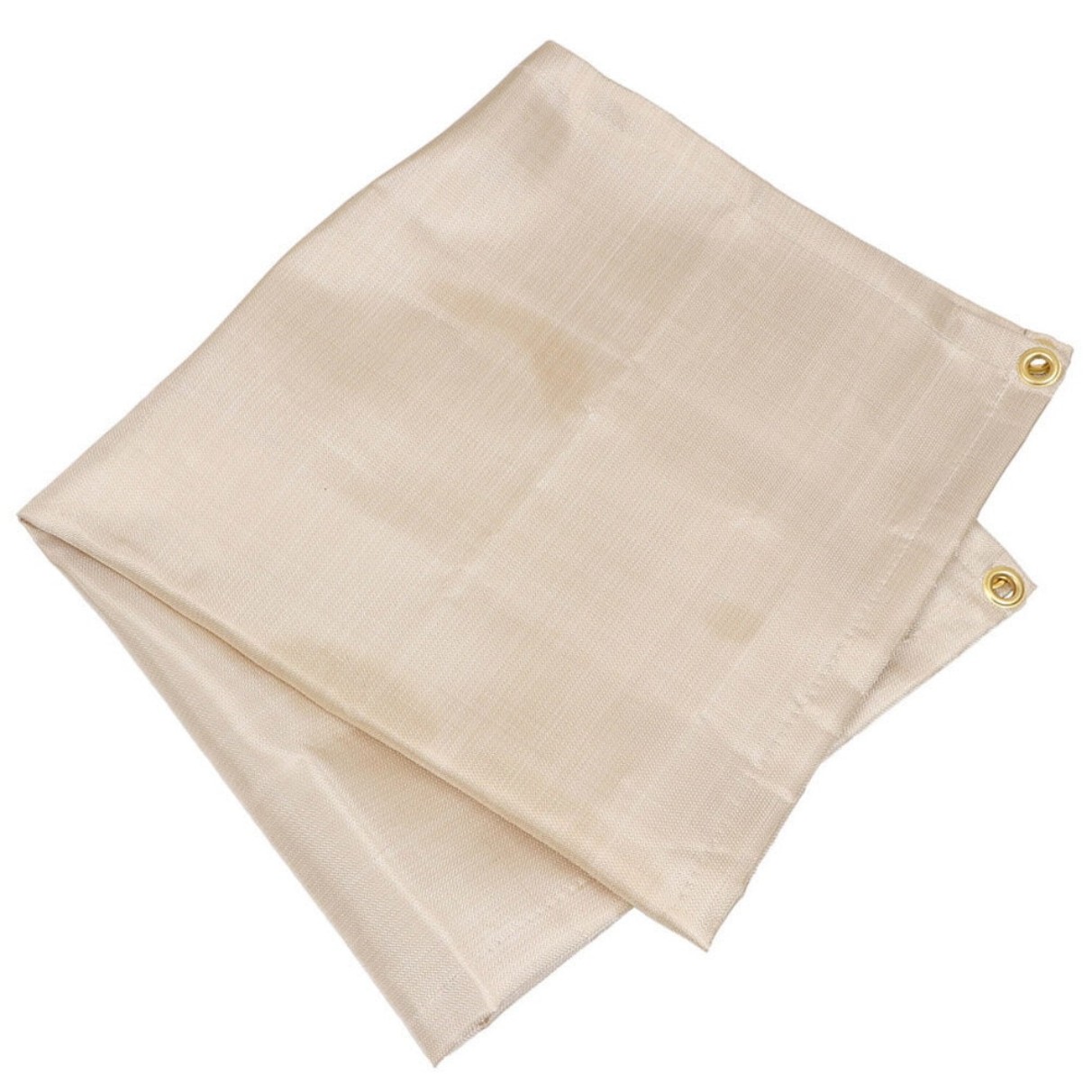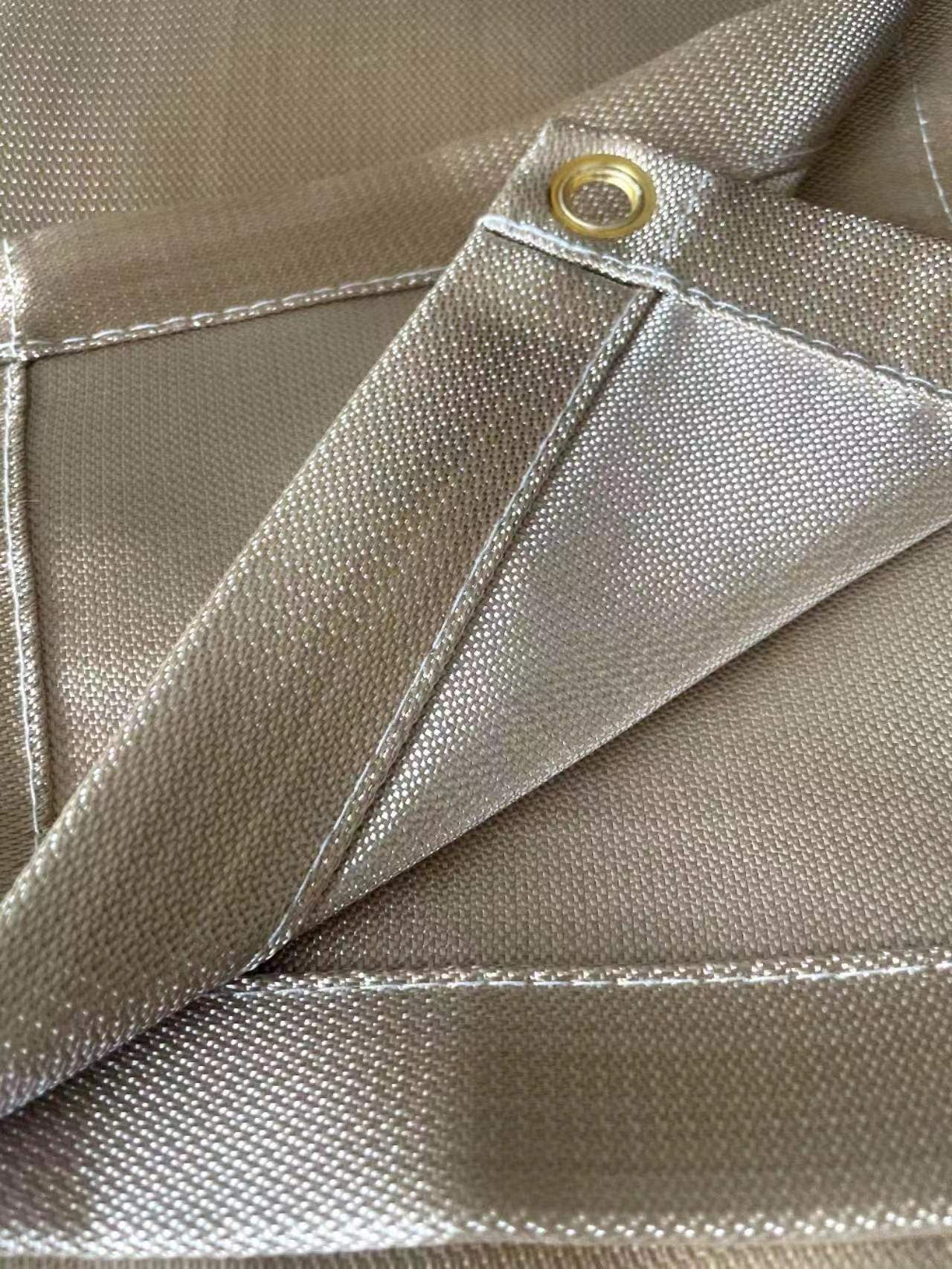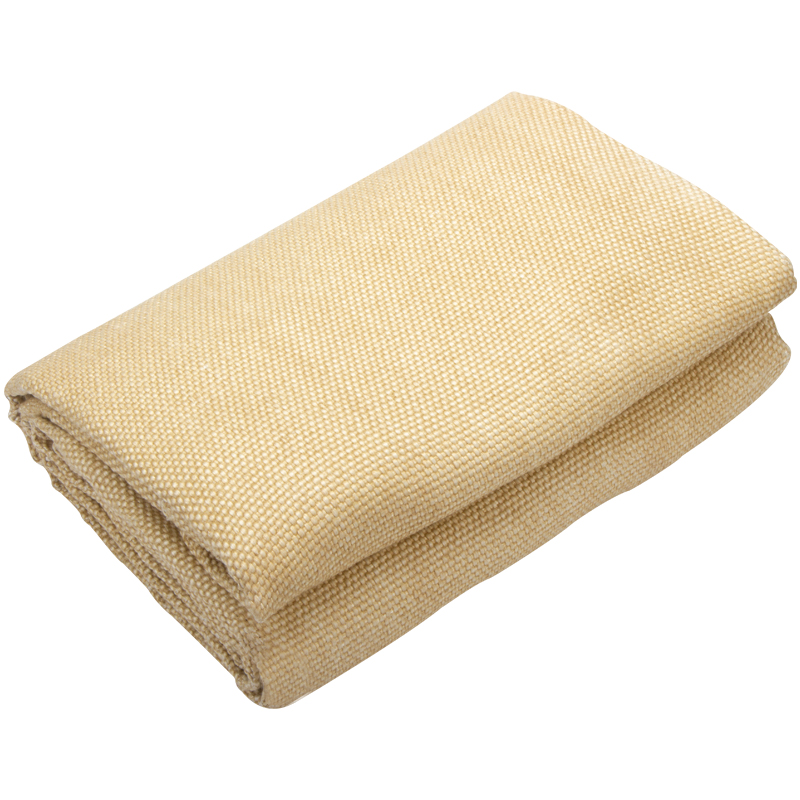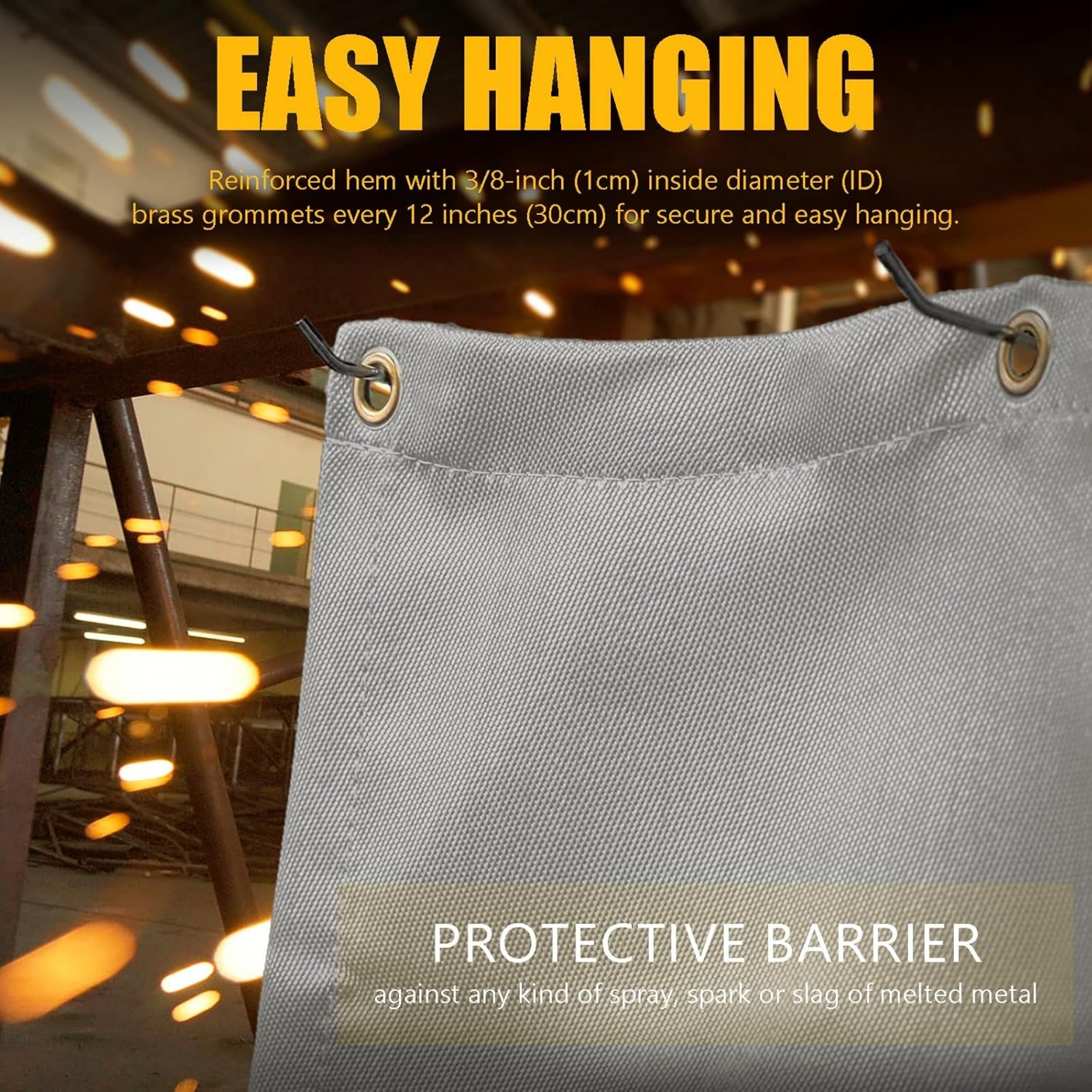Fire Blanket vs Welding Blanket: Key Differences and Proper Usage
Fire blankets and welding blankets serve different safety purposes. This guide explains their materials, temperature ratings, applications, and when to use each for maximum protection.
What Is a Fire Blanket?
Fire blankets are safety devices designed to extinguish small fires or wrap around people during fire emergencies. They're typically made from fiberglass or wool treated with fire-retardant chemicals. You'll find them in kitchens, laboratories, and industrial settings.
Key features of fire blankets:
- Withstand temperatures up to 900°F (482°C)
- Lightweight and flexible for quick deployment
- Single-use in most cases after fire exposure
- Common sizes: 3'x3' to 6'6'
What Is a Welding Blanket?
Welding blankets protect surfaces from sparks, slag, and heat during welding operations. Made from fiberglass, silica, or ceramic fibers, they're thicker and more durable than fire blankets. You use them in metalworking shops, construction sites, and automotive repair.
Key features of welding blankets:
- Withstand temperatures up to 3000°F (1648°C)
- Heavier construction with multiple layers
- Reusable after proper inspection
- Common sizes: 3'x3' to 12'x12'
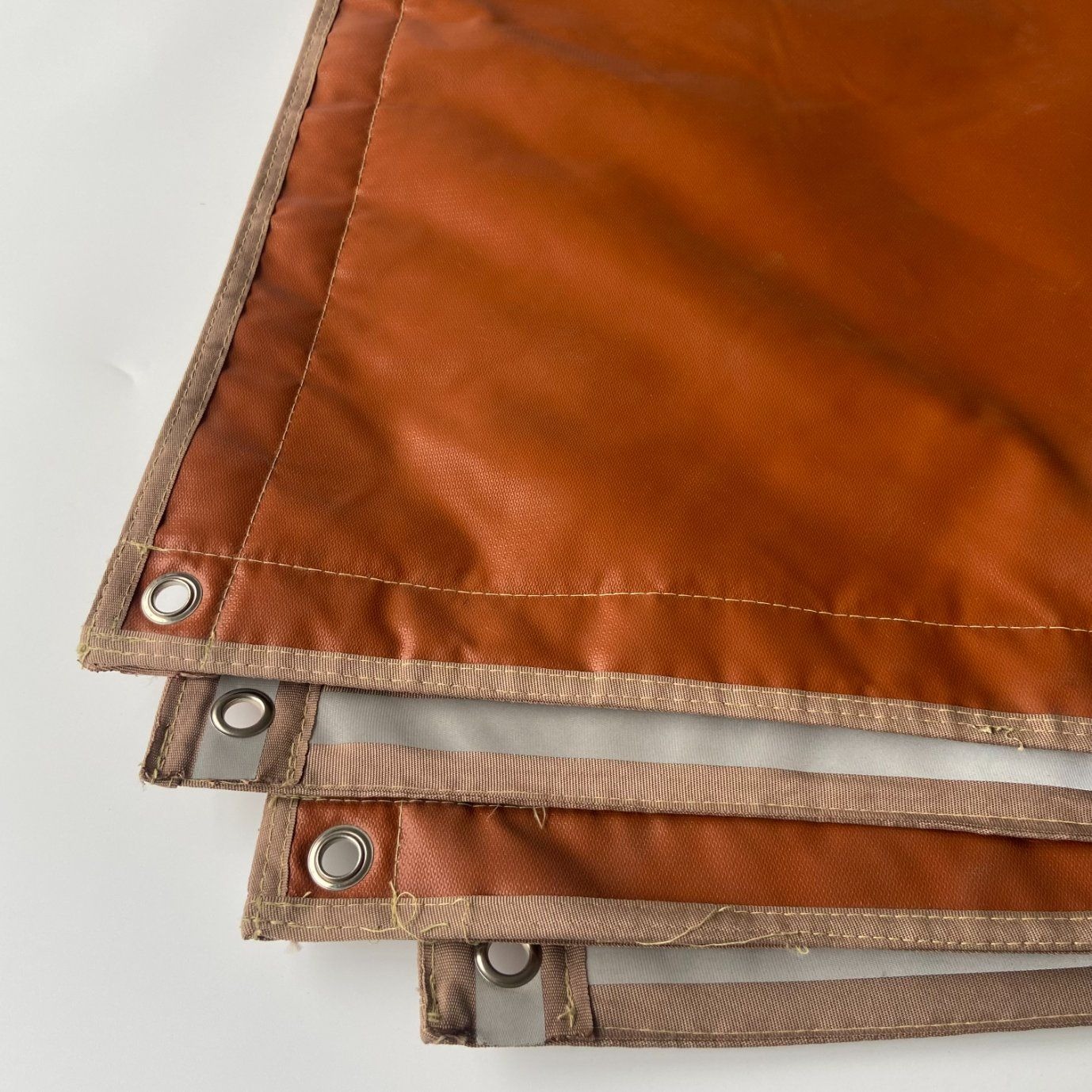
Fire Blanket vs Welding Blanket: Key Differences
| Feature | Fire Blanket | Welding Blanket |
|---|---|---|
| Primary Purpose | Fire suppression and personal protection | Heat and spark containment |
| Temperature Rating | Up to 900°F | Up to 3000°F |
| Material Thickness | Thinner (0.5-1mm) | Thicker (2-5mm) |
| Reusability | Usually single-use | Multiple uses |
When to Use Each Blanket
Choose a fire blanket when:
- Putting out small kitchen fires (grease, electrical)
- Protecting someone whose clothes caught fire
- Emergency situations requiring quick fire containment
Choose a welding blanket when:
- Performing welding, grinding, or metal cutting
- Protecting floors and equipment from sparks
- Working with molten metal or extreme heat sources
Safety Tips for Both Blankets
1. Always inspect blankets before use - look for tears or damage
2. Store in easily accessible locations away from direct heat
3. Follow manufacturer guidelines for cleaning and maintenance
4. Never use welding blankets for fire suppression - they're not designed for it
5. Replace fire blankets after any use, even if they appear undamaged
Common Mistakes to Avoid
Many people confuse these blankets, leading to dangerous situations. Never substitute one for the other. A welding blanket won't effectively smother fires, and a fire blanket can't withstand welding temperatures. Also, don't assume all blankets are created equal - check ratings for your specific needs.
Conclusion
Understanding the difference between fire blankets and welding blankets could save lives and property. Fire blankets are emergency tools for stopping small fires, while welding blankets are protective gear for hot work. Always choose the right blanket for your specific situation and maintain them properly for maximum safety.


